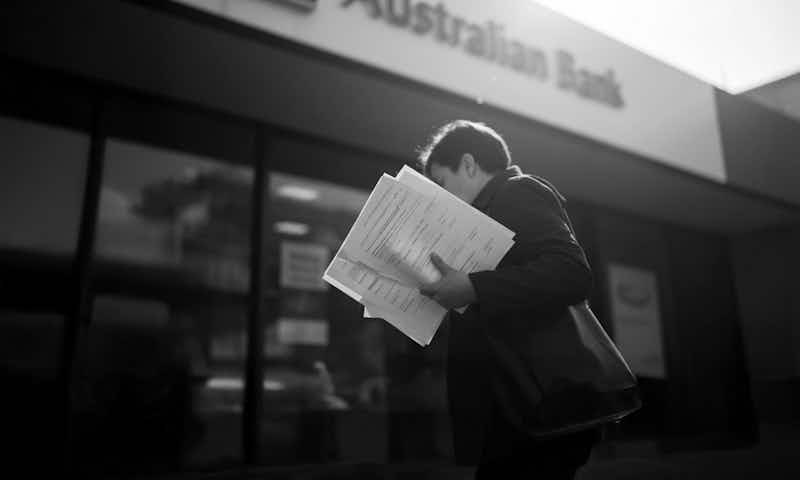As the use of cryptocurrency grows, so too does its relevance in personal insolvency. The Bankruptcy Act 1966 (Cth) (“the Act”) treats cryptocurrency as "property" (see sections 58 and 116 of the Act) that vests in a bankruptcy trustee upon appointment to an individual’s bankrupt estate. However, the decentralised nature of digital assets presents unique challenges in both identifying and realising cryptocurrency.
This article explores how a Trustee may approach the identification and realisation of cryptocurrency within the framework of the Act.
Identifying Cryptocurrency Holdings
Firstly, a Trustee must first determine whether the bankrupt individual has held or continues to hold cryptocurrency. Unlike bank accounts or shareholdings, there is no central registry for cryptocurrency, and identifying such assets often requires proactive and forensic investigation.
It should be emphasised that Bankrupts have a positive obligation to disclose all property owned by a Bankrupt to their Trustee. Section 77(1)(a) of the Bankruptcy Act provides that a bankrupt must disclose all assets (including digital assets) and otherwise assist their Trustee as and when required. In respect of cryptocurrency assets, this includes providing:
Wallet addresses;
Names of exchanges used;
Login credentials;
Private and public keys; and
Transaction histories.
Failure to do so may constitute an offence under the Act and result in an objection to discharge or prosecution.
In the identification of digital assets (such as cryptocurrency), a Trustee may examine:
Bank statements: for currency-to-crypto transactions or deposits from exchanges;
Email correspondence: for registration or communication with crypto platforms;
Devices, such as smartphones, laptops, or hardware wallets that may contain wallets or access credentials;
Tax returns and ATO data: which may disclose crypto activity due to recent data-matching programs.
Where there is a reasonable suspicion of undeclared cryptocurrency holdings, a Trustee may also engage forensic specialists who use blockchain analytics to trace wallet activity and establish links between known identities and wallet addresses.
Securing and Taking Possession of Crypto Assets
Once cryptocurrency is identified, a Trustee must take control of the asset. (which is a critical and time-sensitive step). A Trustee may:
Request that the Bankrupt transfer crypto assets to a wallet controlled by a Trustee;
Obtain private keys or recovery phrases to access software or hardware wallets;
Freeze or liquidate accounts held with exchanges, particularly where Australian-based exchanges are subject to regulatory oversight.
If the bankrupt refuses to cooperate, a Trustee can seek a court order compelling compliance or refer the matter to the Australian Financial Security Authority (AFSA) for further action.
Once secured, a Trustee will typically transfer the cryptocurrency to a secure wallet — either cold (offline) or custodial — to protect the asset from unauthorised access until it can be realised. Ultimately, a Trustee’s objective is to convert cryptocurrency holdings into Australian dollars (AUD) for distribution to creditors. Given the volatile nature of cryptocurrency prices, a Trustee must consider:
Timing of realisation (e.g., waiting for more favourable market conditions, where justified);
Risks of price fluctuations versus potential uplift;
Professional valuation, where the portfolio is large or diverse.
Cryptocurrency may be sold through:
Reputable exchanges that accept Trustee-controlled accounts; or
Over-the-counter (OTC) brokers for large transactions to minimise market impact and slippage.
Common Challenges for Trustees
The common challenges faced by a Trustee usually include:
Anonymity: Pseudonymous transactions can obscure ownership.
Non-cooperation: Bankrupts may be unwilling or unable to provide access credentials.
Loss of private keys: If keys are lost or wallets are unrecoverable, the asset may be effectively irretrievable.
Technological complexity: Multiple blockchains, tokens, and wallet types may require specialist input.
Tax Considerations
Although the bankrupt is not liable for capital gains tax on realised crypto assets (as the estate owns the asset post-bankruptcy), Trustees will typically consult with a tax professional to ensure all implications of sale are considered, especially where pre-bankruptcy gains or losses are relevant to the estate.
Readers may refer to our handy Worrells Knowledge Base, which further discusses many topics on personal and corporate insolvency matters, such as CGT implications on the sale of certain property: Capital gains tax: The impact of insolvency appointments on CGT | Worrells
Conclusion
Cryptocurrency presents new challenges for insolvency practitioners, but also opportunities to realise previously hidden or inaccessible assets. As regulatory oversight and awareness increase, Trustees are better equipped than ever to trace, secure, and realise these digital holdings for the benefit of creditors. However, timely cooperation from the bankrupt and early intervention are key to successful outcomes. As always, I encourage readers to contact their local Worrells principal to discuss the implications of bankruptcy if they (or their client) is considering personal insolvency.




